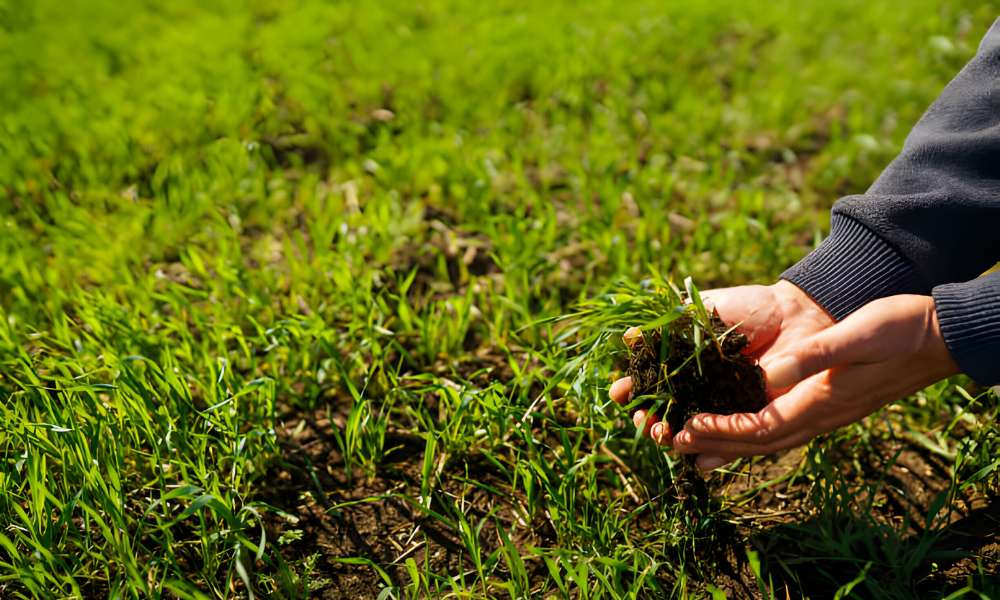Revitalizing your outdoor space by learning how to plant grass seed on an existing lawn is a rewarding endeavor that enhances both the visual appeal and health of your garden. This comprehensive guide underscores the importance of careful preparation, the right timing, and selecting the appropriate seed variety for your climate and soil type. By incorporating the practice of overseeding into your lawn care routine, you not only enrich the density and color of your turf but also improve its resilience against pests, diseases, and extreme weather conditions. Embracing this method can significantly transform your land into a lush, vibrant outdoor oasis, offering a natural, inviting space for relaxation and entertainment.
When Is The Best Time To Plant Grass Seed On A Lawn?
The best time to plant grass seed on a lawn is typically in the early fall or early spring. These seasons provide optimal conditions for grass seed germination and establishment. In the fall, cooler temperatures and higher moisture levels create a favorable environment for seeds to take root and grow. Spring is also a good time to plant pasture seed, as the soil is warming up and there is usually more rainfall to help with seed germination.
Can I Plant Grass Seed On My Existing Lawn?
Yes, you can plant grass seed on your existing lawn to improve its density and overall health. However, there are a few important considerations to keep in mind before doing so. First, it’s crucial to properly prepare the area by mowing the existing grass short and removing any debris or thatch. This will create better contact between the new seeds and soil, promoting successful germination.
How Do I Choose The Right Type Of Grass Seed For My Existing Lawn?
Think about the amount of foot traffic your lawn receives and how much maintenance you are willing to put into caring for it. Some types of grass are more durable and resilient to heavy use, while others require more frequent mowing and watering. By considering these factors, you can select the right type of grass seed that will provide a lush and healthy land for years to come.
Appraise Current Grass Health
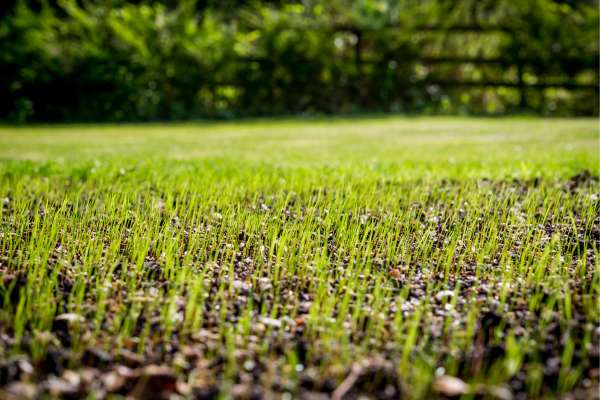
To accurately appraise the current health of your grass, it is essential to first understand the existing conditions of your lawn. Factors such as soil quality, water drainage, sunlight exposure, and existing grass species all play a crucial role in determining the overall health of your lawn. By conducting a thorough assessment of these factors, you can gain insights into any potential challenges that may be hindering the optimal growth of your grass.
Research Compatible Grass Varieties
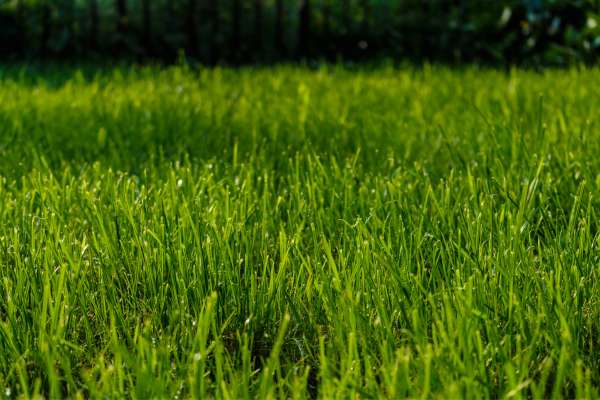
Selecting the right grass variety to plant on your existing lawn is paramount for achieving a seamless, vibrant lawn. Different grass types have varying requirements for sunlight, water, and soil pH, making research a crucial step in the overseeding process. Consider the climate in your region, the amount of direct sunlight your land receives, and the existing pasture type to ensure compatibility. Grass varieties such as Kentucky Bluegrass, Perennial Ryegrass, or Tall Fescue are popular choices for their adaptability and resilience. Choosing a pasture seed that complements your current land and environmental conditions will result in a more uniform land that’s both beautiful and durable.
Purchase High-Quality Grass Seed
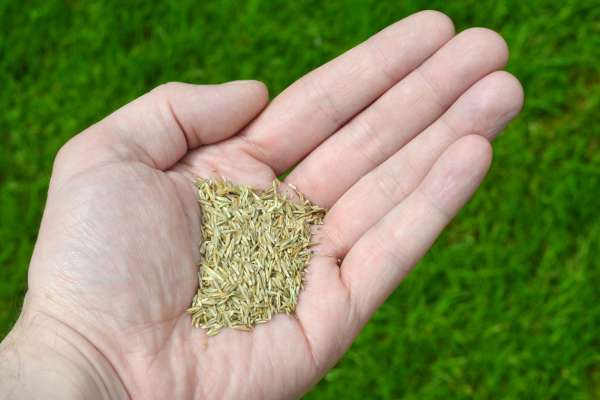
Investing in high-quality grass seed is essential when you plan to plant grass seed on an existing lawn. High-quality seeds have a higher germination rate and are less likely to contain weed seeds or other contaminants that could harm your lawn. Look for seeds that have been tested and certified by reputable organizations, ensuring they meet specific standards for purity and germination. While it might be tempting to opt for cheaper alternatives, remember that the quality of the seed directly impacts the success of your overseeding efforts and the future health of your land.
Caring For Newly Planted Grass
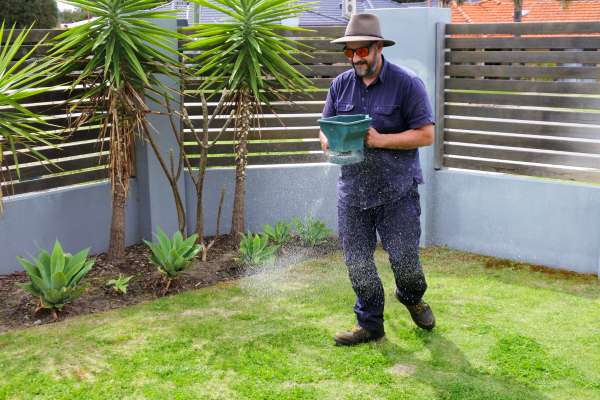
Planting grass seed on an existing lawn is a fantastic way to rejuvenate your outdoor space, ensuring a lush, green garden. Once you’ve overseeded your land, the care you provide in the subsequent weeks is crucial for encouraging healthy growth. Here are essential tips on watering, fertilization, and weed control to help your new pasture thrive.
1. Watering Schedule
Proper hydration is paramount for newly seeded lawns. Initially, keep the top inch of soil consistently moist but not waterlogged. This often means watering lightly two to three times a day, especially in the first couple of weeks after planting. As the seeds germinate and new grass begins to grow, you can gradually reduce the frequency of watering but increase the depth; this encourages deeper root growth, which is vital for drought resistance and overall health. Aim for a watering schedule that keeps the soil moist up to 2 inches deep as the grass matures.
2. Fertilization
Approximately three to four weeks after the grass seedlings have emerged, it’s time to fertilize your lawn. This initial feeding supports robust growth by replenishing nutrients in the soil that your new grass needs to develop strong roots and lush foliage. Use a starter fertilizer that is high in phosphorus, as this nutrient is essential for root development. Follow the manufacturer’s instructions for application rates to avoid over-fertilization, which can harm your young grass. As the land matures, switch to a regular lawn maintenance fertilizer that matches your pasture type and local soil conditions.
3. Weed Control
Weed control in a newly seeded lawn starts with prevention. Before planting your pasture seed, consider applying a pre-emergent herbicide that is safe for new grass or removing weeds manually to reduce competition for resources. After your land is established, adopt a more proactive approach to weed management. This might include spot treatment of weeds with a selective herbicide that won’t harm your grass. However, it’s best to wait until your new grass has been mowed a few times before applying any weed killers to ensure the young plants are strong enough to handle the chemicals.
Scheming The Correct Seeding Rate
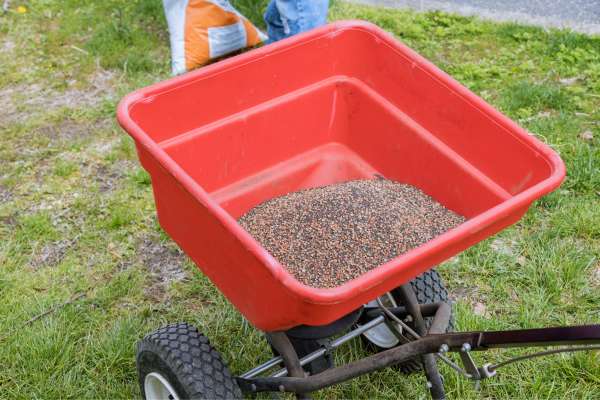
Determining the correct seeding rate is critical to avoid overcrowding or underseeding your existing lawn. The seeding rate will depend on the grass variety chosen and the condition of your lawn. Typically, overseeding requires fewer seeds than planting a new lawn, as you’re filling in gaps rather than establishing a new turf. Consult the seed package or a lawn care professional to understand the optimal amount of seed for your specific situation. Proper seeding ensures even growth and helps in achieving a dense, lush land that can withstand environmental stresses and enhance curb appeal.
Mulching For Moisture Custody
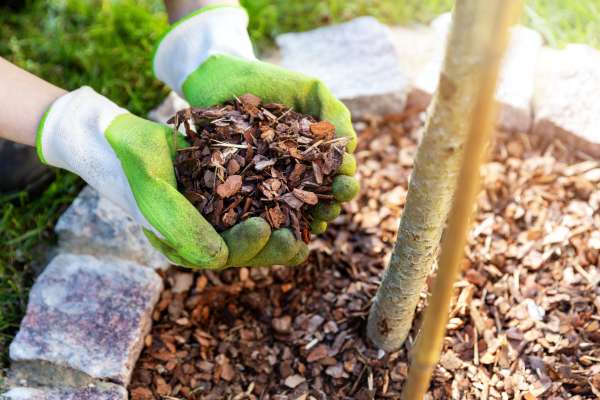
To remove weeds from your lawn effectively, consider mulching for moisture custody. Mulch acts as a protective barrier, preventing weed seeds from receiving the sunlight they need to germinate. Additionally, mulch helps retain soil moisture, making it more difficult for weeds to establish themselves in dry conditions. When applying mulch, ensure that it is at least 2-3 inches deep to provide adequate coverage and suppress weed growth.
Proper Application of Mulch
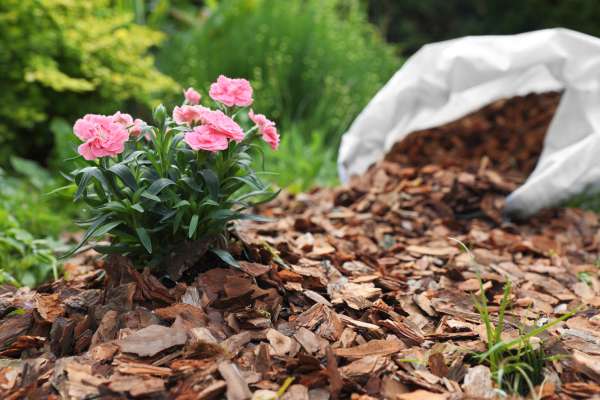
The effectiveness of mulching for moisture custody hinges on its proper application. It’s crucial to apply a thin, even layer of mulch over the seeded areas—too much can suffocate the seeds, while too little may not provide the desired moisture retention. A layer of approximately 1/4 inch is generally sufficient to cover the seeds and maintain the necessary moisture levels without impeding air circulation. Ensuring the mulch is spread evenly avoids the creation of hotspots where seeds might dry out or be overwhelmed by mold or fungi. This balance is essential for fostering an environment conducive to healthy, uniform grass growth.
Choosing Grass Varieties That Captivate Wildlife
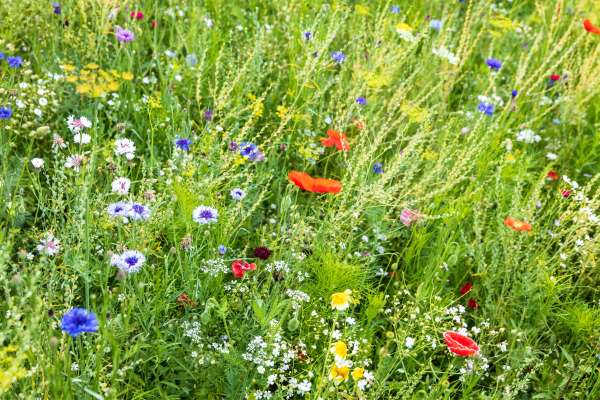
Choosing grass varieties that attract and sustain wildlife can transform your land into a vibrant ecosystem, supporting biodiversity. Native grasses are particularly effective at captivating wildlife, as they provide a habitat and food source for various species, including birds, butterflies, and beneficial insects. Incorporating a mix of native grasses suited to your region’s climate and soil conditions not only contributes to the ecological health of your area but also brings the beauty and excitement of nature closer to home. This approach enhances the aesthetic and environmental value of your lawn, making it a haven for both people and wildlife.
Using Herbicides Cautiously
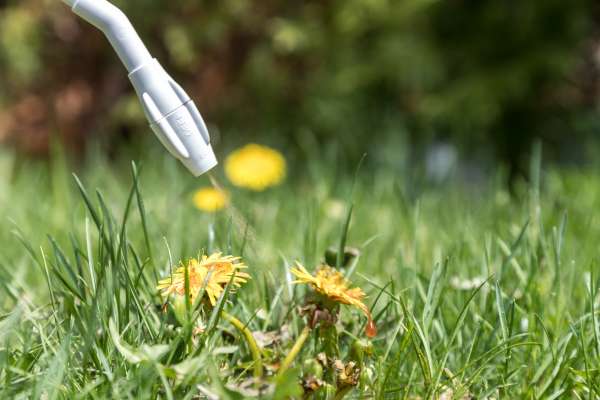
Using herbicides cautiously is crucial for maintaining a healthy lawn without harming the environment. By following proper application techniques and considering alternative methods like overseeding with pasture seed, you can achieve a weed-free land while minimizing chemical inputs. Prioritize sustainability and long-term health when caring for your lawn to ensure a green space that is safe for both people and nature alike.
Adjusting Watering And Care Routines
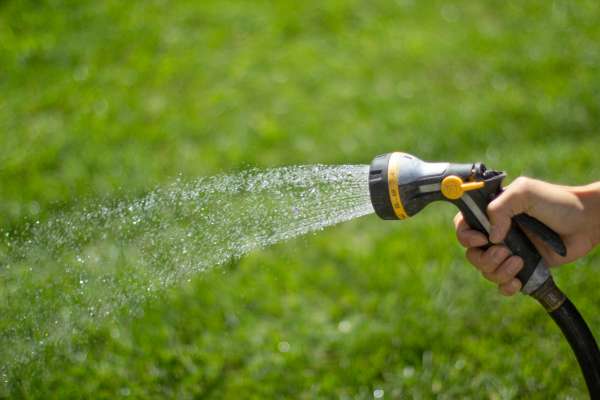
Adjusting watering and care routines for your lawn can significantly impact its health and appearance. When planting grass seed on an existing land, it is crucial to water deeply but infrequently to encourage deep root growth. By allowing the soil to dry out slightly between watering, you can prevent shallow root systems that are susceptible to drought stress.
Collecting Rainwater For Lawn Hydration
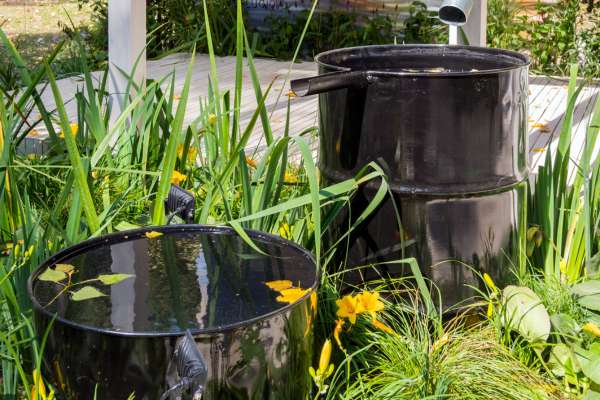
Integrating rainwater collection systems as part of learning how to plant grass seed on an existing lawn is not just an eco-friendly practice but a strategic method to ensure your lawn receives the hydration it needs without overburdening your water bill. This natural watering solution is especially beneficial for new seeds, which require consistent moisture to germinate successfully. Setting up rain barrels or a more complex rainwater harvesting system can provide your land with soft, untreated water that’s free of chemicals and municipal treatment additives, promoting healthier growth and germination of pasture seeds.
Complimentary Small Victories In Lawn Care
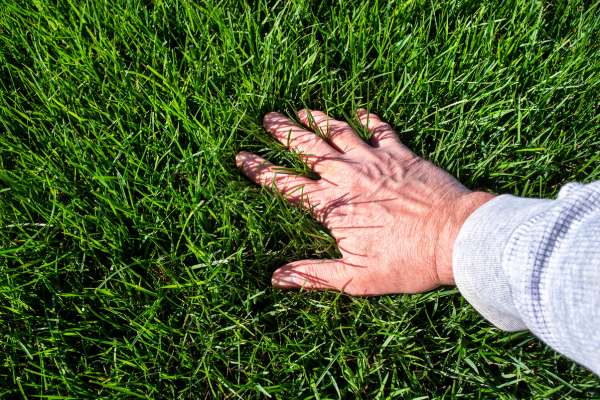
The journey of revitalizing your lawn by planting pasture seed on an existing land is filled with small but significant milestones. Celebrating these small victories, like noticing the first sprouts of new grass or achieving a more uniform green appearance, can be incredibly rewarding. These moments underscore the effectiveness of your land care strategy and motivate continued care and effort. Such positive reinforcement is essential, as a lush, dense lawn is the culmination of consistent effort and patience.
Regular Assessment Of The Lawn’s Progress
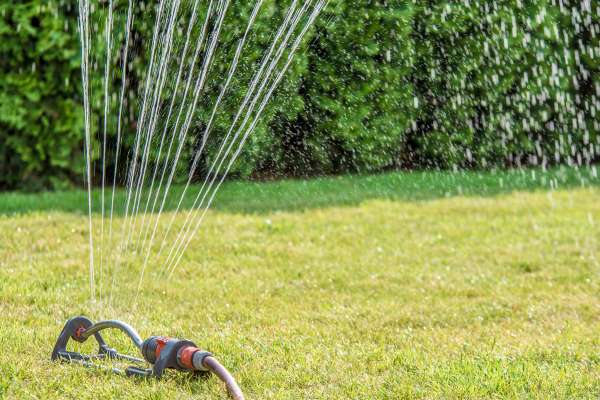
A critical aspect of successfully planting grass seed on an existing land is the regular assessment of the lawn’s progress. This involves monitoring the germination of the new pasture seeds, the health of existing grass, and the overall condition of your lawn. Periodic evaluations help in identifying areas that may need additional seed, water, or nutrients, and in adjusting your landcare practices accordingly. This proactive approach ensures that issues are addressed promptly, thereby enhancing the growth and vitality of your land.
Finding Cost-Effective Solutions
One cost-effective solution for homeowners looking to improve their lawn is planting pasture seed on an existing land. This approach can help fill in bare patches, enhance the overall appearance of the lawn, and save money compared to other landscaping options. When planting pasture seed on an existing land, it is important to properly prepare the area by mowing the grass short and removing any debris or thatch. Additionally, choosing the right type of grass seed for your climate and soil conditions can ensure successful growth and long-term health of your lawn.
The Final Thought
Planting grass seed on an existing lawn can be a simple and effective way to improve the overall health and appearance of your yard. By following the proper steps outlined in this article, you can ensure that your pasture seed has the best chance of germinating and thriving. Remember to choose the right type of seed for your climate and soil conditions, prepare the existing lawn properly, and provide adequate water and care during the growing process. With patience and diligence, you will soon enjoy a lush, green lawn that enhances the beauty of your outdoor space. Take action today to start planting grass seed and transform your land into a vibrant oasis of natural beauty.
